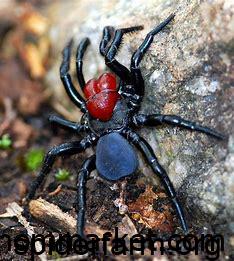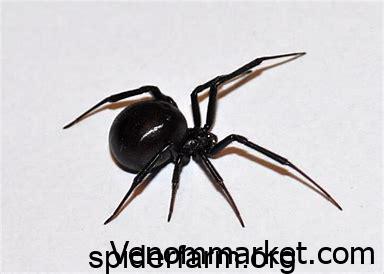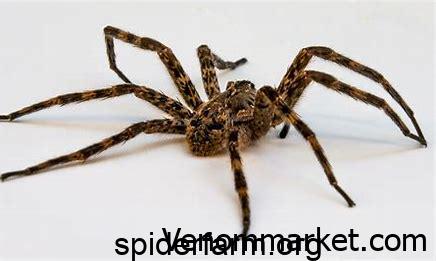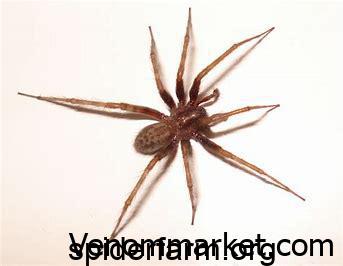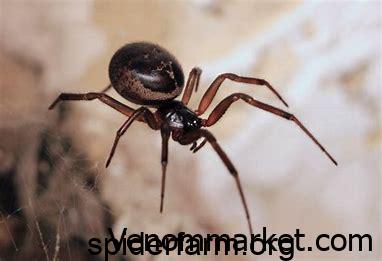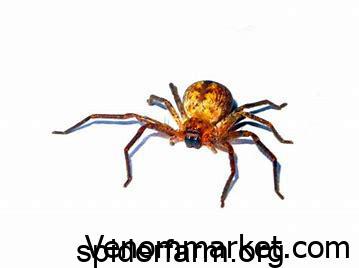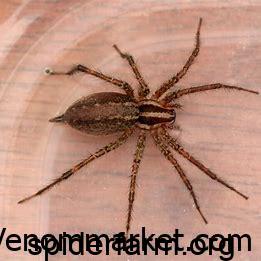scorpion venom
How does the toxicity in animals relate to toxicity in humans?
We must be careful to keep our perspective when discussing the toxicity of scorpion venom. Toxicity tests are carried out on many types of animals that may vary in their susceptibility to the venom. At least one researcher found substantial differences in susceptibility between two different strains of mice. Thus, it is often difficult to compare results from two different studies done by two different workers using different strains of laboratory mice. And even if the mice were equally susceptible, how does their susceptibility compare to that of humans? Are we more or less susceptible? Furthermore, there is a lot of evidence indicating that the toxicity of any species’ venom is highly variable across its entire distribution. Thus, a species that is dangerous in one area, may not be dangerous in another.
How much venom can a scorpion inject?
When electrical stimulation is used to “milk” the venom glands of scorpions, an average yield of anywhere from 0.006 mg to about 2.0 mg of venom can be obtained from a single scorpion. The average is probably less than 0.5 mg. And it is likely that they inject even less than this amount under natural conditions. Still, a highly venomous scorpion, say with an LD50 of 0.5, delivering a full load of 0.5 mg venom, could inject enough toxin in one sting to kill half of one kg (about 60 mice weighing 16-18 g each) of lab mice.
How much venom does it take to kill a human?
We don’t know, exactly. The only information we have on the toxicity of scorpion venom in humans is from actual stingings (you can imagine how difficult it would be to get people to volunteer for a human LD50 study!). From clinical reports, there appear to be several factors that modulate scorpion venom toxicity in humans. The primary factors appear to be: 1) the toxicity of the venom of the scorpion involved; 2) the quantity of venom injected by the scorpion; 3) the size of the victim; and 4) the general medical condition of the victim. Scorpions not considered of any medical importance normally have venoms that are of low toxicity to mice. These scorpions normally produce a localized reaction similar to that a honeybee sting. They would have to be several feet long before they could produce and inject enough venom into a person to kill them. In scorpions with higher venom toxicity, systemic reactions become more common.
It is a good thing that these species are not any larger than they already are, otherwise deaths from their stings would be more common. Several factors may affect the quantity of venom injected by a scorpion. Venom release is under voluntary control, so the scorpion itself can vary the amount of venom injected. Other factors may include the compositional state of the venom, penetration and duration of the sting, and the location of the sting on the victim’s body. The most dangerous scorpions are those that are capable of injecting relatively large quantities of highly toxic venom. Body size of the victim is also very important. Children, because of their small size, are at greater risk of severe envenomation than are adults. Most deaths due to scorpion envenomation occur in small children. The presence of pre-existing medical conditions such as pneumonia, hypertension, and certain heart ailments can turn otherwise normal systemic reactions into life threatening situations. Persons with such conditions are at greater risk of severe envenomation than are healthy persons. Some people are allergic to scorpion venom in the same way that some are allergic to honey bee venom. In such cases, very severe effects, including death, can occur very rapidly and are not related to the toxicity of the venom. Deaths due to envenomation by non-medically important species are usually the result of allergy induced anaphylactic shock.




